Last Updated on December 14, 2023 by
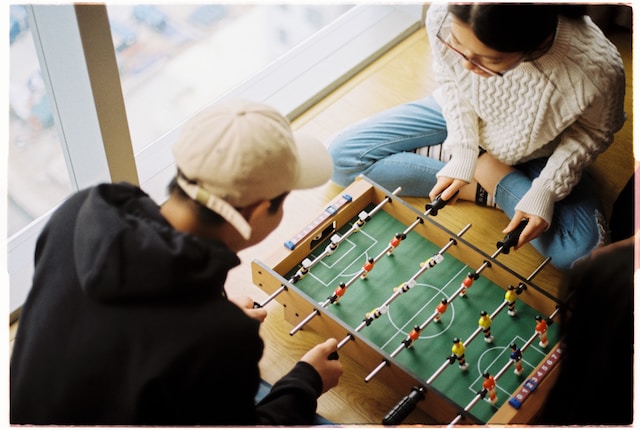
A table football game is one of the most popular recreational games. Unlike traditional football, in which you must personally get on the field, each “player” is controlled by the players themselves. It is up to the person controlling the team to decide its fate. Controllers can be excellent forwards, shooters, defenders, or goalkeepers. They can display exciting offensive and defensive skills such as receiving, stopping, passing, and shooting by manipulating the rods with their hands. A player can then experience football field passions as if they were actually there. Here is a quick overview of table football.
Table football rules
1. The game can be played in three modes: two-player, one-player against two-player, and two-player against two-player.
2. Both sides control their opponents by manipulating the rods, pushing, pulling, rotating, or performing various defensive and offensive techniques.
3. The game begins with a throw-in from either side at the center of the field. A second kick-off from the center is performed by the loser following a goal.
4. In the event that the ball stops in the middle of the field or goes off of the table, the kicker will either perform another kick-off or place the ball near a corner and let it naturally roll. Throw-ins and corner kicks are both examples of this.
5. Each game consists of three rounds with ten goals each. In a game, the first player to score ten goals wins a round, and the first player to win two rounds wins the game, or the winner is determined by the number of goals scored within a certain time frame.
Table football equipment
1. Playing Field
(1) Competition Field: The area where the audience watches the game, where the tables are positioned, and where the players stand is called the competition field. Each table should have a ground area of at least 2.5m X 3m in official competitions.
(2) Playing Area: The space defined by the goal frames and the inner walls of the borders.
2. Equipment
(1) The competition organizers must provide equipment appropriate for the competition, such as stable tables, sturdy players/figures, and clean and straight rods. Competition regulations should specify the designated equipment in advance.
(2) The table surface must be flat and smooth, otherwise it cannot be used.
(3) Lubrication of the rods is allowed, but should not alter the rods’ internal structure.
(4) Players may use specific brands of lubricants and cleaning agents, but organizers should make sure the products are easy to use. Non-users of the specified products may be disqualified.
(5) Rosin (such as on handles), manganese, or similar substances are not permitted on the table, or the player’s eligibility may be forfeited.
(6) Event organizers may prohibit the use of products that may harm equipment or players.
(7) Any modification of the table’s structure or performance, other than regular maintenance, is strictly prohibited.
3. Balls
(1) There is no restriction on the material of the balls, but it is mandatory to use the balls specified by the Competition Committee. Competition regulations will specify the designated competition balls.
(2) Depending on the competition venue, participants may bring their own competition balls or purchase the designated balls there.
4. Handles
(1) Participants can use their own handles if the handles are interchangeable, but they must be compatible with the rods and not harm the table.
(2) Participant-owned handles should not have assistance or resistance features, and mechanical devices should not be used. Rods must be securely attached to handles.
(3) Organizers have the authority to decide if a handle is dangerous and whether a participant can use their own handle. Disobeying the organizer’s decision may result in disqualification.
(4) Players must be able to change handles between rounds, during timeouts, or after scoring a goal.
5. Additional equipment
(1) You are allowed to use additional equipment that doesn’t pose a danger to the players or other participants, such as gloves, elastic bands, non-slip straps, and grip covers for the handles.
(2) The surface or structure of the table cannot be altered with additional equipment.
How to Play Table Football
1. Passing and Ball Control
By manipulating the rods, players can pass the ball forward, backward, left, or right. When the ball passes through the sides of the field or under a player’s feet, they can use their player to stop the ball and make another pass. Balls can also be blocked by players. An attack or defense can be organized effectively using these techniques.
2. Backline Attack
If a player has the ball with a defender in the backfield, they can move their center and forward players into a head-to-head position and then shoot directly at the defender.
3. Penalty Kick
When the ball is placed in front of the attacking forward, the defending side can only use defensive players, not backline players.
4. Shooting
A player can attempt different types of shots from various angles when they have control of the ball during the course of the game.

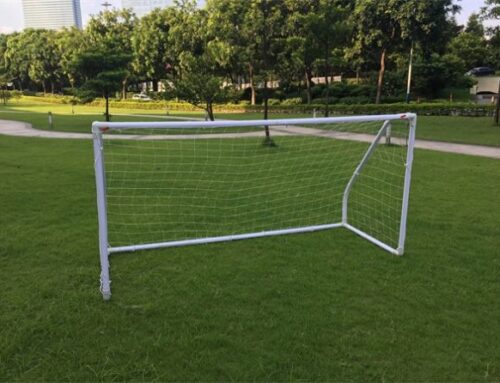
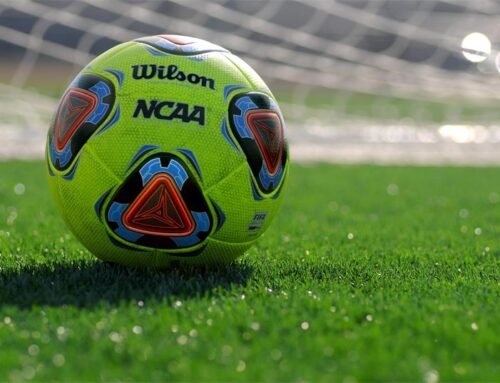
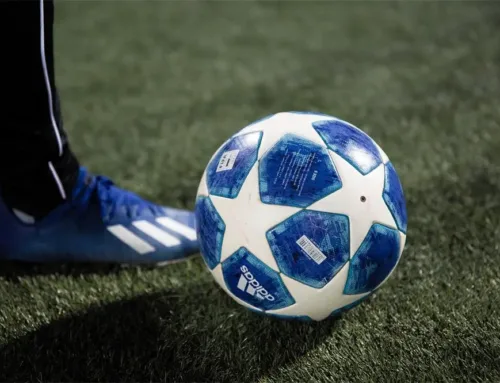
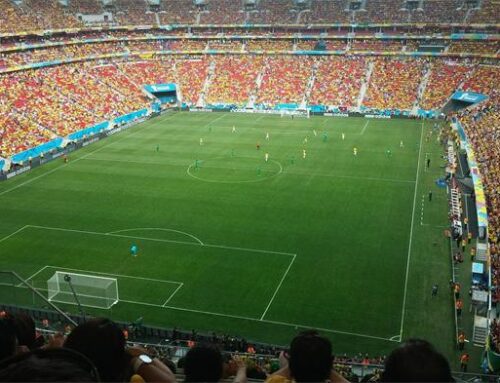
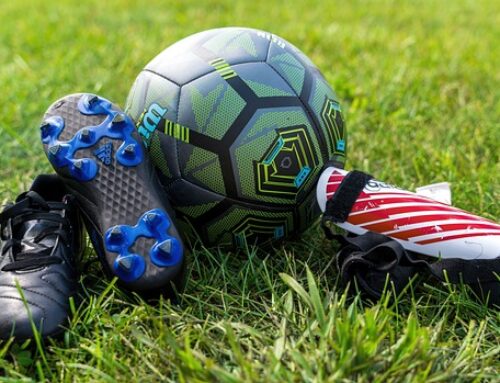
Leave A Comment